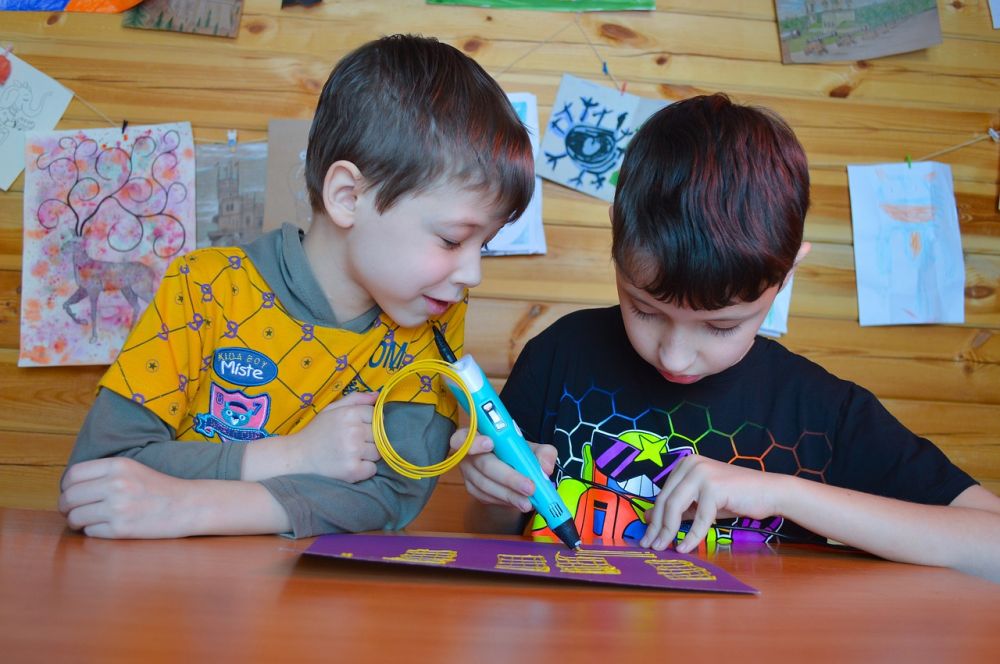Fever in Children: An In-Depth Exploration

Introduction:
Fevers in children are a common concern for parents and caregivers. Understanding the basics of fever, its types, and popular remedies can help ensure the well-being of children. This article provides an all-encompassing overview of fever in children, discussing its definition, types, quantitative measurements, variations, and a historical review of its advantages and disadvantages. By structuring the text in a manner optimized for Google search snippets, this article aims to provide a valuable resource for concerned individuals.
1. Understanding Fever in Children:

Fever is defined as an elevated body temperature above the normal range, which is typically considered to be 98.6F (37C). It is often a sign that the body is fighting off an infection or illness. In children, fevers are usually caused by viral or bacterial infections and can be accompanied by symptoms such as fatigue, loss of appetite, and increased irritability.
2. Types and Popular Remedies for Fever in Children:
Fever in children can be categorized into two types: low-grade and high-grade fevers. Low-grade fevers typically range from 100.4F (38C) to 102.2F (39C), while high-grade fevers exceed 102.2F (39C). It is important to note that fever itself is not a disease but rather a symptom of an underlying condition.
To manage fever in children, various remedies are commonly used. These include over-the-counter medications such as acetaminophen and ibuprofen, as well as non-medical approaches like increasing fluid intake, applying cool compresses, and ensuring proper rest.
3. Quantitative Measurements of Fever in Children:
Measuring a child’s body temperature accurately is crucial in determining the severity of the fever and the appropriate course of action. Digital thermometers, ear thermometers, and forehead thermometers are popular tools used to measure temperature in children. It is recommended to follow the manufacturer’s instructions carefully to obtain accurate results.
4. Variations in Fever Presentations:
Fever presentations can vary depending on the underlying cause and the individual child. Some children may experience mild or no symptoms besides an elevated temperature, while others may have accompanying symptoms such as coughing, congestion, or gastrointestinal issues. Understanding these differences can aid in identifying potential causes and seeking appropriate medical advice.
5. A Historical Overview of Advantages and Disadvantages of Fever in Children:
Throughout history, fever itself has been perceived both as beneficial and detrimental. On the advantageous side, fever is regarded as a natural defense mechanism against infections, as higher body temperatures can enhance immune system responses. However, high fevers can also lead to discomfort, dehydration, and, in rare cases, febrile seizures. It is important to strike a balance between allowing the body to fight off infections and managing fever symptoms to ensure the child’s well-being.
Conclusion:
In conclusion, fevers in children are a common occurrence and can be caused by various infections. Understanding the basic concepts of fever, its types, and popular remedies is crucial for parents and caregivers. By providing quantitative measurements, discussing variations in fever presentations, and exploring the historical advantages and disadvantages associated with fever, this article aims to guide readers in making informed decisions regarding the health and well-being of their children.
Remember, always consult with a healthcare professional for accurate diagnosis and appropriate treatment options when dealing with fever in children. Stay informed and prioritize the well-being of your little ones.

















